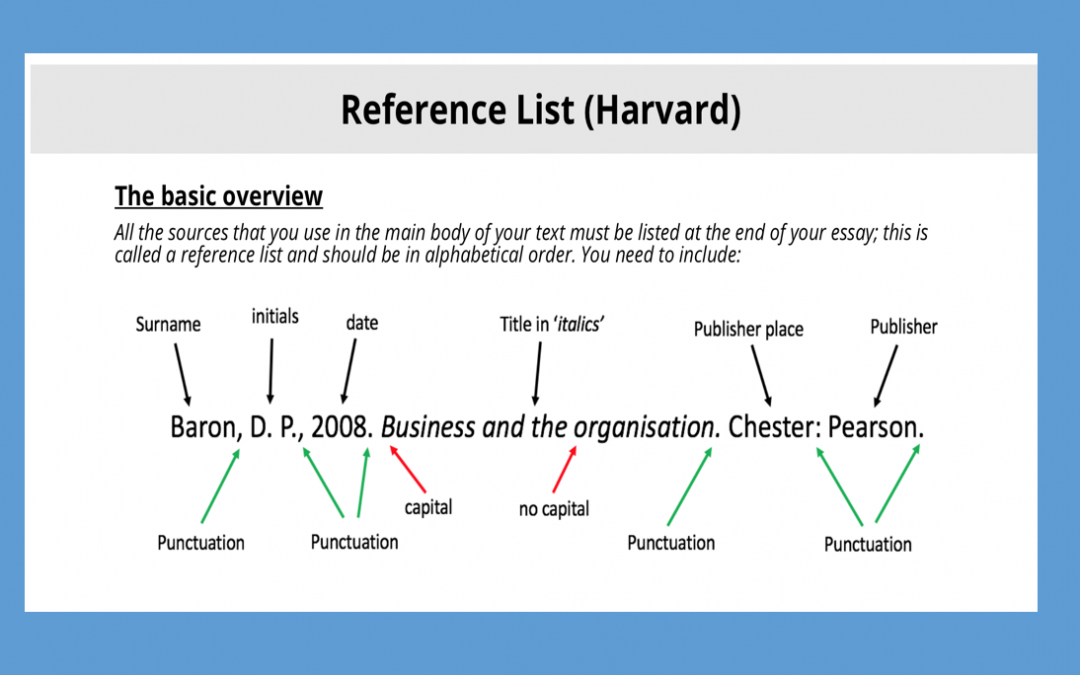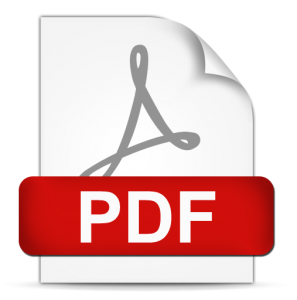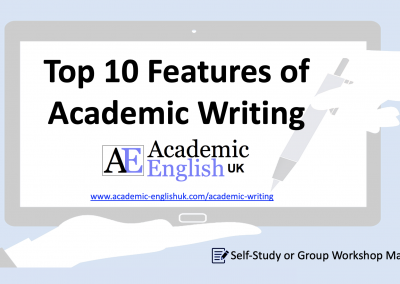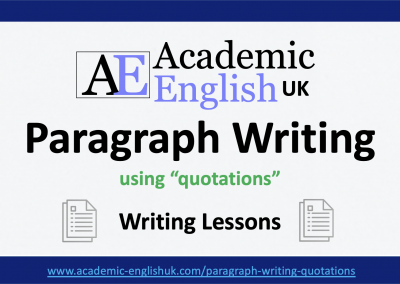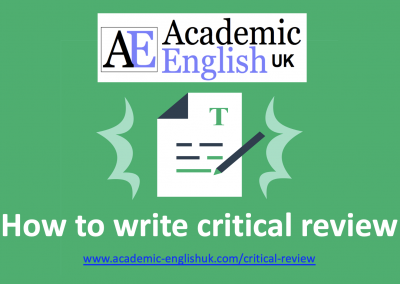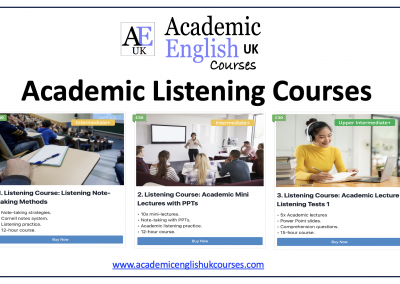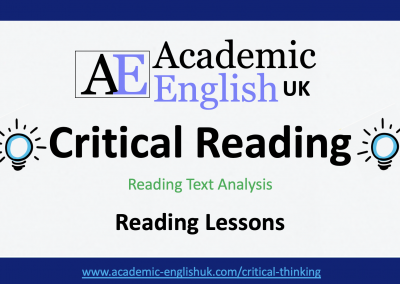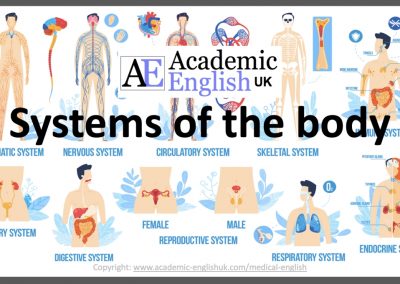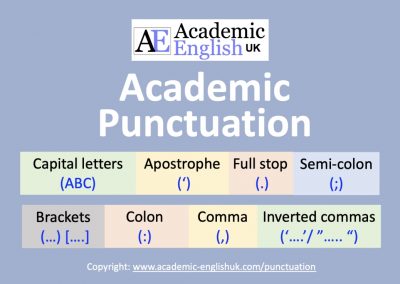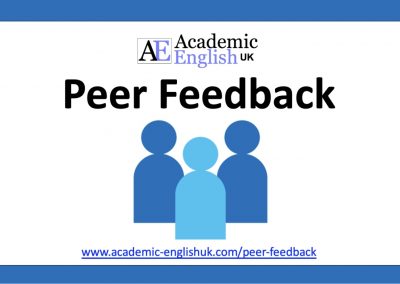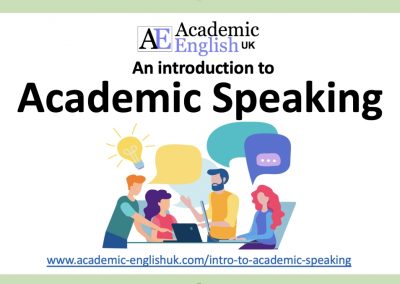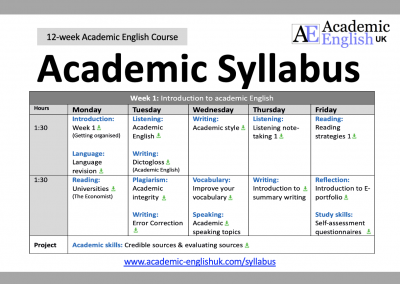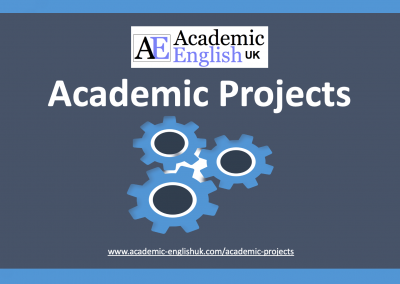Reference List (Harvard)
The basic overview
All the sources that you use in the main body of your text must be listed at the end of your essay; this is called a reference list and should be in alphabetical order. You need to include:

The author (last name and initials)/ date / main title & subtitle (italics) / publishing place / publisher: Look carefully at punctuation.
Reference List or Bibliography?
What is a reference list?? a list of sources (books, articles, websites, journals) you have used in your essay
What’s a bibliography?? a is a list of sources that you read but may not have used in essay.
***Important: Some universities see reference list and bibliography as the same thing
How to reference a book (Harvard)
Book with one author
Allen, P., 2008. Effective time management. London: Pan Books.
Book with two authors
Miller, P. and Huntington, C., 2010. Speaking persuasively. Sydney: Allen and Unwin.
Book with three or more authors
Smith, R., Jones, W. and Watton, B., 2011. Negotiating a business agreement. 2nd edition, London: Century Business.
Book – second or later edition
Bridges, R., 1995. Successful study for degrees, 2nd edition, London: Routledge.
Book by same author in the same year
Nikon, A., 1993a. Fatal storm, Sydney: Allen and Unwin.
Nikon, A., 1993b. Survival at sea, Sydney: Allen and Unwin.
Book with an editor
Devon, P. ed., 2009. Beyond the ferris wheel, Rockhampton: CUP Press.
If you have used a chapter in a book written by someone other than the editor
Bridges, J., 2008. Disabilities in tertiary education. In: L. Rowan, ed. 2010. Voices of a Margin. Rockhampton: CQU Press. CH.2.
Books with an anonymous or unknown author
The University Encyclopedia (1985) London: Roydon.
Journals
A Journal
Author, Initials., Year. Title of article. Full Title of Journal, Volume number (Issue/Part number), Page numbers.
Peters, C., 2001. The merger acquisition of IBM. Business Management Journal, 97(22), pp.63-64.
Electronic Journal from a Database
Author, Initials., Year. Title of article. Full Title of Journal, [type of medium] Volume number (Issue/Part number), Page numbers if available. Available through: name of database [Accessed date]
Smith, J.M., 2002. The business of sustainable policy: an in depth look. Business Science Quarterly [e-journal] 42 (6) Available through: Business Source Complete database [Accessed 12 June 2012].
Electronic Journal from the Internet
Authors, Initials., Year . Title of article, Full Title of Magazine, [online]. Available at: web address (quote the exact URL for the article) [Accessed date].
Kipper, D. , 2008. Japan’s new dawn, Popular Science and Technology, [online] Available at: [Accessed 22 June 2012].
Websites
A website
Authorship or Source, Year. Title of web document or webpage. [type of medium] (date of update if available) Available at: include website address/URL (Uniform Resource Locator) [Accessed date].
Business Evidence, 2003. National Library of Guidelines. [online] Available at: [Accessed 10 October 2012 ]
Newspapers
Newspaper Article
Author, Initials., Year. Title of article or column header. Full Title of Newspaper, Day and month before page numbers and column line.
Janter, G., 2009. Brexit: a new beginning. The Financial Times, 3 Sep. p.47.
Online newspaper article
Author or corporate author, Year. Title of document or page. Name of newspaper, [type of medium] additional date information. Available at: [Accessed date].
Johnson, M., Peters, L. and Smith, D. 2009. Life after the Financial Crash. Times Online, [online] 21 June. Available at: [Accessed 17 March 2005].
An example of an academic bibliography:
(in alphabetical order)*
Bills, R. E., 1977. Foundations for a theory of instruction and educational psychology. London: Harper and Row: 282-385
Boughton, J.M., 2002. The Bretton Woods proposal: an in depth look. Political Science Quarterly, [e-journal] 42(6). Available through: Anglia Ruskin University Library website <http://libweb.anglia.ac.uk> [Accessed 12 June 2005].
Buskist, W. and Saville, B. K., 2001. Rapport-building: creating positive emotional contexts for enhancing teaching and learning. Association for Psychological Science. Vol.14, no.3. Available through: Psychology Science Research. [Accessed 21 July 2017]
Chittenden, M., Rogers, L. and Smith, D., 2003. Focus: ‘Targetitis ails NHS. Times Online, [online] 1 June. Available at: <http://www.timesonline.co.uk/tol/news/uk/scotland/article1138006.ece> [Accessed 17 March 2017].
Dornyei, Z., 2001. Teaching and researching motivation. Harlow: Pearson Education Limited.
Ehrman, M. and Dornyei, Z., 1998. Interpersonal dynamics in second language learning California: Sage.
Fishman, R., 2005. The rise and fall of suburbia. [e-book] Chester: Castle Press. Available through: Anglia Ruskin University Library website <http://libweb.anglia.ac.uk> [Accessed 12 May 2017]
Foundation for Economic Education (FEE), 2014. England’s Whetstone named FEE’s first “Blinking Lights” award recipient. [online] Available at: < http://www.fee.org/publications/detail/englands-whetstone-namedfees-first-blinking-lights-award-recipient> [Accessed 16 July 2017].
Kipper, D., 2008. Japan’s new dawn. Popular Science and Technology, [online] Available at: <http://www.popsci.com/popsci37b144110vgn/html> [Accessed 22 June 2017].
Knight, P., 2001. The development of EFL methodology. In Candlin, N. and Mercer, N. (Eds) English Language Teaching in its Social Context. London: Routledge: 147-166.
Macbeth, 1948. [Film] Directed by Orson Welles. USA: Republic Pictures
McKay, S. L. (2006) Researching Second Language Classrooms. New Jersey: Lawerence Erlbaum Associates.
Moore, A., 2004. The Good Teacher: Dominant Discourses in Teaching and Teacher Education. Oxon: Routeledge.
Patterson, C. H., 1977. Foundations for a Theory of Instruction and Educational Psychology. London: Harper and Row: 282-385
Richmond, J., 2005. Customer expectations in the world of electronic banking: a case study of the Bank of Britain. Ph. D. Anglia Ruskin University.
Scottish Intercollegiate Guidelines, 2001. Hypertension in the elderly. (SIGN publication 20) [online] Edinburgh: SIGN (Published 2001) Available at: <http://www.sign.ac.uk/pdf/sign49.pdf> [Accessed 17 March 2017].
University of Cambridge., 2007. CELTA Syllabus.<www.cambridgeesol.org/assets/pdf/celta8.> [accessed 22nd July 2017]
More information on referencing: Click here
Referencing Lessons
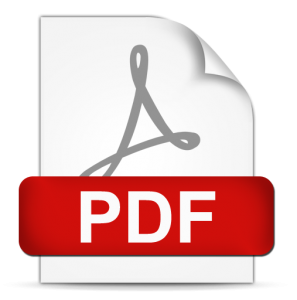 Referencing: Harvard Referencing Worksheet
Referencing: Harvard Referencing Worksheet
Two part worksheet that is a paragraph and reference list. Students have to put in the correct in-text reference. The second part is a reference list exercise where students have to put the sections in the correct order. A nice lesson to introduce students to referencing and becoming aware of key referencing principles. Level ***** [B1/B2/C1] Example / Webpage link / TEACHER MEMBERSHIP / INSTITUTIONAL MEMBERSHIP
Referencing: APA 7th Edition Referencing Worksheet
Two part worksheet that is a paragraph and reference list. Students have to put in the correct in-text reference. The second part is a reference list exercise where students have to put the sections in the correct order. A nice lesson to introduce students to referencing and becoming aware of key referencing principles. Level ***** [B1/B2/C1] Example / Webpage link / TEACHER MEMBERSHIP / INSTITUTIONAL MEMBERSHIP
Reporting verbs: worksheet
Use the verbs in the box to put into the sentences in the worksheet. Each sentence has a description of the type of verb needed. Check the grammar of the verb too! Web page link. TEACHER MEMBERSHIP / INSTITUTIONAL MEMBERSHIP
Writing a paragraph – using quotes about smoking
Students are given a worksheet with nine quotes taken from The New Scientist, BBC News, The Economist, etc… and choose only three. They use these three quotes to write a paragraph trying to paraphrase the quotes and produce a cohesion piece of writing. Level ***** [B1/B2/C1] Example / Webpage link / TEACHER MEMBERSHIP / INSTITUTIONAL MEMBERSHIP
*
What’s a Credible Academic Source??
Primary and Secondary Sources
Two types of sources Primary and Secondary. A primary source is the main source of evidence. This can be raw data, records and key facts. A secondary source draws on the primary data and analyses it.
Key questions to ask when evaluating source material
Is there an author? Date?
Is there evidence? Where is it from? Sourced?
Is there a reference list? And in-text referencing?
Generally, there shouldn’t be glossy pictures or advertising.
It should be written in an academic formal style and quite difficult to read.
Credible sources
What is a credible source? This lesson highlights the key components of identifying credible and reliable resources. It also includes a check list on 20 different sources and students have to decide whether these are credible or not? Good lesson to do before students begin researching for sources. Level ***** [B1/B2/C1] TEACHER MEMBERSHIP / INSTITUTIONAL MEMBERSHIP

